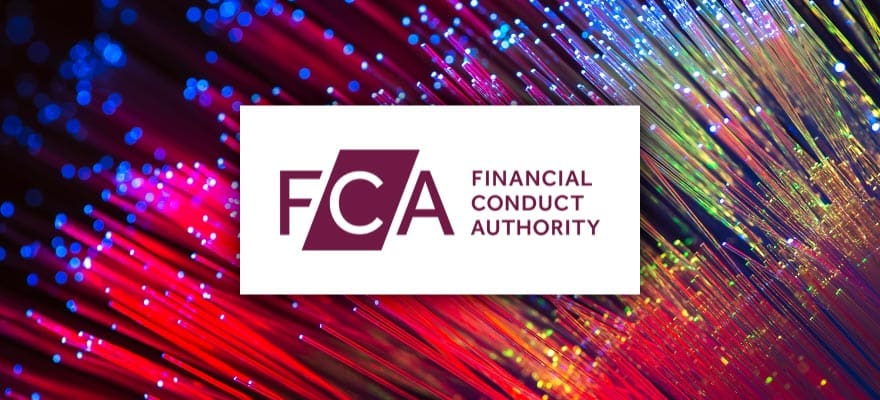A publication released today by SEC’s Strategic Hub for Innovation and Financial Technology (FinHub), a fintech initiative within the US regulator, has revealed a framework written by two employees on how to determine if a digital asset is a security.
At its core, the statement confirms the applicability of the federal securities law framework to the cryptocurrencies and related assets. However, this time the SEC’s goal is to provide guidance to help issuers and providers determine whether their token is a security or not.
The main takeaway is that the SEC has made it clear that the Howey Test applies to crypto as it does to other investments.
How to figure out if an ICO token is a security
The Howey Test determines if an asset considered a security or a transaction represents an investment contract depending on three elements. First, the investment product can be exchanged for value. Second, the investment involves some element of risk, and third, it must be tradable.
In the context of Blockchain tokens, the SEC says the Howey test can be expressed as three independent elements.
- An investment of money.
- In a common enterprise.
- With an expectation of profits predominantly from the efforts of others.
As emphasized in the document, all three elements must be met in order for a token or coin to be a security. And when a digital asset is deemed a security, the SEC staff expects that offers and sales of such digital asset will comport with the registration requirements of the federal laws.
The statement also provides a summary of the circumstances under which the digital asset is less likely to meet the Howey test. The rules read as follow:
- The distributed ledger network and digital asset are fully developed and operational.
- Holders of the digital asset are immediately able to use it for its intended functionality on the network, particularly where there are built-in incentives to encourage such use.
- The digital assets’ creation and structure are designed and implemented to meet the needs of its users, rather than to feed speculation as to its value or development of its network. For example, the digital asset can only be used on the network and generally can be held or transferred only in amounts that correspond to a purchaser’s expected use.
- Prospects for appreciation in the value of the digital asset are limited. For example, the design of the digital asset provides that its value will remain constant or even degrade over time, and, therefore, a reasonable purchaser would not be expected to hold the digital asset for extended periods as an investment.
- With respect to a cryptocurrency, it can immediately be used to make Payments in a wide variety of contexts or acts as a substitute for a fiat currency.
It is unclear what exactly comes next
Individuals and entities engaging in these activities should, however, continue to seek legal advice regarding their business. The authors of this framework - Bill Hinman, Director of Division of Corporation Finance and Valerie Szczepanik, Senior Advisor for Digital Assets and Innovation - stressed that they only represent “staff views” and their opinions are not an SEC rule, regulation, or statement. They added that the agency has neither approved nor disapproved their document content.
“This framework, like other Staff guidance, is not binding on the Divisions or the Commission. It does not constitute legal advice, for which you should consult with your own attorney. It does not modify or replace any existing applicable laws, regulations, or rules. Market participants are encouraged to review all the materials published on FinHub,” the SEC staff explains.
According to many commentators, although today’s release should mark a turning point on how the regulators will be subjecting crypto assets to its scrutiny, it is unclear what exactly comes next. Moreover, the SEC hasn’t painted all tokens with the same brush. Thus it puts the ball into courts’ hands to prove if a provider, who may not have the financial or legal clout to do his own research, is operating a security.
Anyway. tl;dr, the SEC doc and the no-action letter are, legally speaking, nothingburgers. What these documents tell us is that the Commission understands the issues and is unlikely to be swayed by technobabble.
Structure accordingly. — Preston Byrne (@prestonjbyrne) April 3, 2019
















